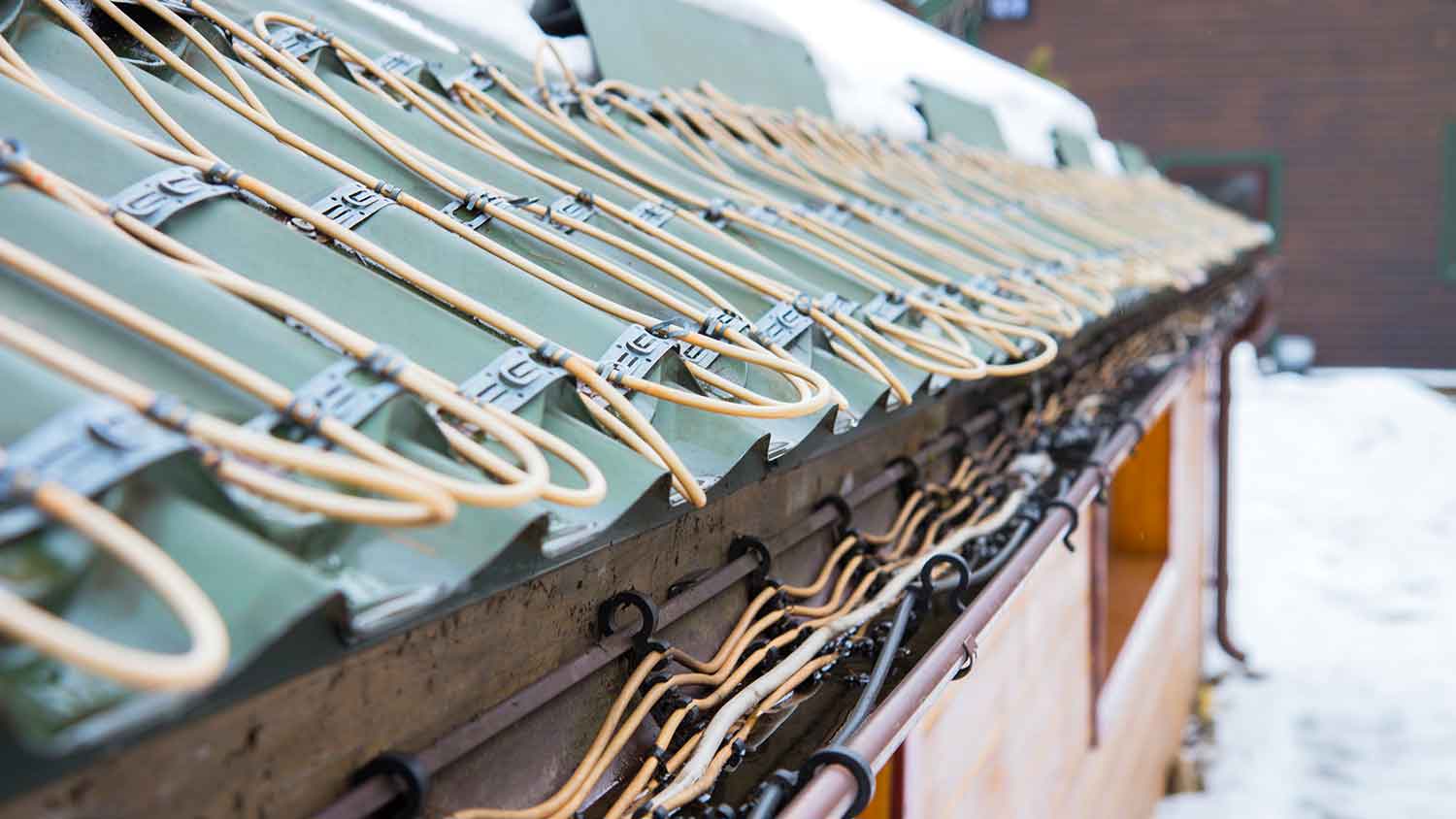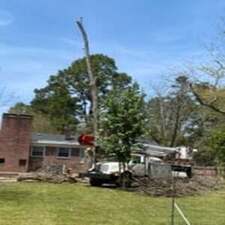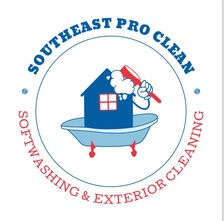
Get matched with top roof ice and snow removal pros in Walterboro, SC
Enter your ZIP and get matched with up to 5 pros
Need a pro for your roof ice and snow removal project in Walterboro, SC?
Verified Reviews for Roof Ice And Snow Removal pros in Walterboro, SC
*The Angi rating for Roof Ice And Snow Removal companies in Walterboro, SC is a rating based on verified reviews from our community of homeowners who have used these pros to meet their Roof Ice And Snow Removal needs.
*The HomeAdvisor rating for Roof Ice And Snow Removal companies in Walterboro, SC is a rating based on verified reviews from our community of homeowners who have used these pros to meet their Roof Ice And Snow Removal needs.
Last update on December 01, 2025
Find Roof ice and snow removal pros in Walterboro
786 Construction LLC
786 Construction LLC
This is a contractors/subcontractors crew. We are friendly and eager to work with our clients to get the job done.
This is a contractors/subcontractors crew. We are friendly and eager to work with our clients to get the job done.
The Walterboro, SC homeowners’ guide to roof ice and snow removal services
From average costs to expert advice, get all the answers you need to get your job done.
 •
•Discover the average cost of roof snow removal, key price factors, and ways to save. Get transparent estimates to protect your home this winter.
 •
•Discover the average roof heating cable installation cost, key price factors, and how to budget for your project. Learn how to save and what to expect.

Knowing the signs of an ice dam on your roof can help prevent serious damage. Learn what to look for to spot a problem early.

Ice dams can cause serious roof damage. Learn why a metal roof can help you avoid ice dams and the problems they cause.

They’re pretty in the winter sunshine, but are icicles bad for your roof? Learn whether you should worry about ice buildup and icicles hanging from your roof.

An ice and water shield can protect your roof and save you the headache of premature roof replacement. Learn everything you must know about the shield.
- Yemassee, SC Roof ice and snow removal pros
- Sheldon, SC Roof ice and snow removal pros
- Adams Run, SC Roof ice and snow removal pros
- Ridgeville, SC Roof ice and snow removal pros
- Hollywood, SC Roof ice and snow removal pros
- Meggett, SC Roof ice and snow removal pros
- Ravenel, SC Roof ice and snow removal pros
- Summerville, SC Roof ice and snow removal pros
- Lincolnville, SC Roof ice and snow removal pros
- Edisto Island, SC Roof ice and snow removal pros
- Ladys Island, SC Roof ice and snow removal pros
- Coosawhatchie, SC Roof ice and snow removal pros
- Ladson, SC Roof ice and snow removal pros
- Ridgeland, SC Roof ice and snow removal pros
- Fencing in Walterboro
- Tree Service in Walterboro
- Septic Tank in Walterboro
- Lawn And Yard Work in Walterboro
- Plumbing in Walterboro
- Kitchen And Bath Remodeling in Walterboro
- Electrical in Walterboro
- Excavating in Walterboro
- Cleaning in Walterboro
- Flooring in Walterboro
- Moving in Walterboro
- Pest Control in Walterboro
- Pressure Washing in Walterboro
- Landscaping in Walterboro
- Handyman Service in Walterboro
- Epoxy Flooring in Walterboro
- Cabinet Makers in Walterboro
- Computer Repair in Walterboro
- Concrete Driveways in Walterboro
- Foundation Repair in Walterboro
- Garage Doors in Walterboro
- Gutter Cleaning in Walterboro
- Garbage Collection in Walterboro
- Mold Testing And Remediation in Walterboro
- Structural Engineering in Walterboro
- Sunroom And Patio Remodeling in Walterboro
- Upholstering in Walterboro
- Leaf Removal in Walterboro
- Lawn Irrigation in Walterboro
- Land Surveying in Walterboro




